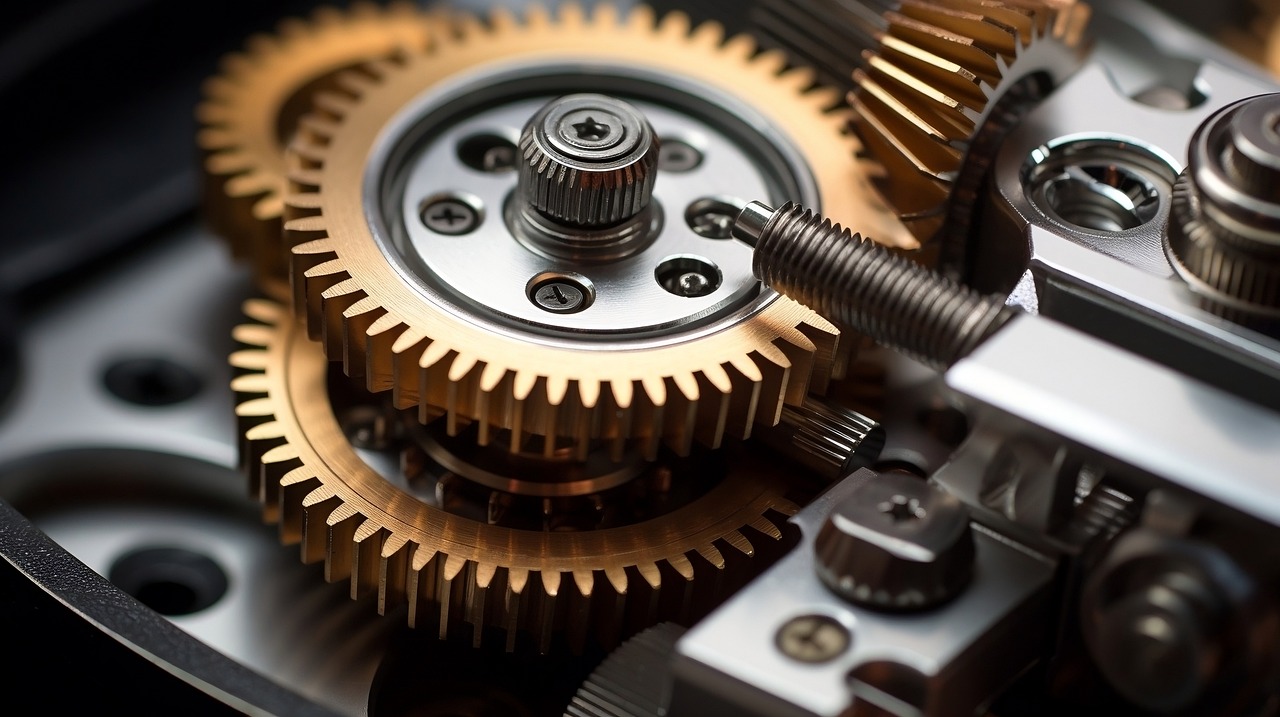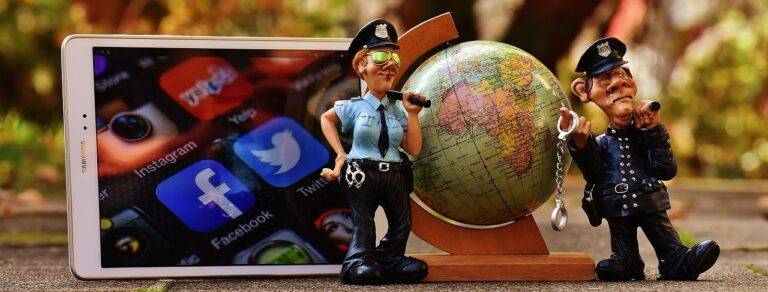The Evolution of Digital Twins: Simulating Real-World Systems for Optimization
Digital twin technology has rapidly evolved over the past few years, transitioning from a concept to a widely adopted tool in various industries. Originally developed in the manufacturing sector, digital twins have proven to be invaluable assets for simulating, monitoring, and analyzing real-world systems. As advancements in sensors, data analytics, and connectivity continue to progress, the capabilities of digital twins are also expanding to new frontiers.
The evolution of digital twin technology is closely intertwined with the rise of the Internet of Things (IoT) and artificial intelligence (AI). The ability to collect real-time data from physical assets and create virtual replicas has revolutionized how businesses operate and innovate. By leveraging digital twins, companies can optimize processes, predict maintenance needs, and enhance decision-making based on accurate simulations of their assets and systems. This transformative technology is reshaping industries such as healthcare, transportation, and energy, paving the way for a more efficient and interconnected future.
Understanding the Concept of Digital Twins
Digital twins are virtual representations of physical objects or systems that mimic their real-world counterparts. These digital replicas are created using data collected from sensors, IoT devices, and other sources to simulate the behavior and performance of the physical assets in real time. By leveraging advanced technologies such as artificial intelligence and machine learning, digital twins can provide valuable insights into the operation, maintenance, and optimization of complex systems.
The concept of digital twins extends beyond traditional simulation models by enabling a two-way flow of information between the physical and digital realms. This bidirectional data exchange allows for continuous monitoring, analysis, and feedback loops that facilitate better decision-making and predictive maintenance strategies. By harnessing the power of digital twins, industries can enhance productivity, efficiency, and innovation across various sectors, from manufacturing and healthcare to transportation and smart cities.
Applications of Digital Twins in Various Industries
The applications of digital twins extend across a wide array of industries, offering innovative solutions and transformative benefits. In the realm of manufacturing, digital twins are revolutionizing production processes by enabling real-time monitoring, predictive maintenance, and optimization of operations. By creating a virtual replica of physical assets, manufacturers can enhance efficiency, reduce downtime, and improve overall productivity.
Moreover, the healthcare sector is leveraging digital twins to advance personalized medicine and revolutionize patient care. By simulating individual organs or entire biological systems, healthcare professionals can tailor treatments to specific patient needs, optimize surgical procedures, and forecast potential health outcomes. This technology is paving the way for more precise diagnostics, enhanced therapeutic interventions, and ultimately, improved healthcare outcomes for individuals worldwide.





